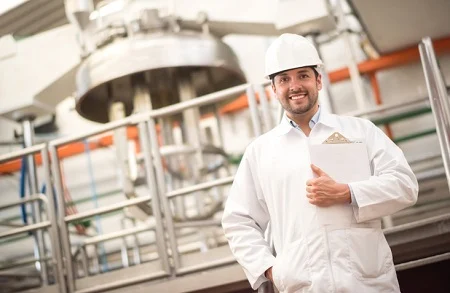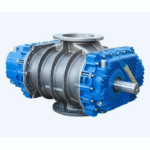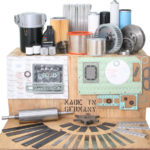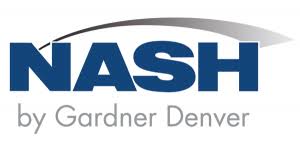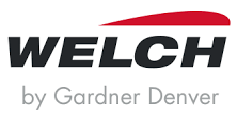We know that for our food producers, the biggest priority is always the health and safety of their consumers. High standards of hygiene and sanitation are imperative at every stage of production, from the sourcing of ingredients, to the time the finished product reaches the consumer. We have therefore outlined five key areas of food hygiene in vacuum packaging, adhering to which will significantly lower your contamination risk in your food packaging process.
5 ways to avoid this potential contamination in your vacuum packaging process include:
1. Fit downstream oil filters and check them regularly
Downstream filter act as another safeguard against accidental food contamination whilst, blocked filters have the potential to fail and allow carryover of oil into the process.
2. Carry out regular and timely vacuum pump maintenance
Poor maintenance can lead to oil contamination from oil-lubricated vacuum pumps. Regular preventative maintenance is your best option to avoid potential contamination. Poor maintenance practices or minor equipment faults can risk oil discharging from the exhaust. This presents a big problem for sites where air quality can’t be compromised. Whereas, correct and regular equipment maintenance not only ensures optimally running pumps that have little or no oil carryover, but increases vacuum pump efficiency and vacuum pump life expectancy.
3. Use food grade oil lubricant
Even with a high level of carefulness and due diligence, the transfer of trace amounts of lubricant to a food contact surface, food packaging or the food itself can happen, regardless of procedures. Food grade or incidental contact lubricants are specifically designed to meet strict regulatory limitations.
4. Always use genuine parts
Oil-lubricated vacuum pumps run the risk of oil being discharged from the exhaust, and there is the chance a separator element may fail due to misuse, a poor fit or poor quality. Genuine parts will dramatically reduce the risk of this happening, ensuring a longer, low risk operational life than if non-genuine spares and parts are used.
5. Go Oil-Free
Another option is to choose an oil-free vacuum pump. These have been specifically developed to meet the needs of manufacturers requiring only the highest air purity standards. Oil-free or dry technology vacuum pumps don’t require the same level of maintenance as oil-lubricated models, as there is no need to replace oil or filters. This also provides the added benefit of cutting down on costs over a pump’s lifetime. Another major advantage to an oil-free vacuum technology is that it doesn’t have to be removed to carry out maintenance. This means a dramatic reduction in equipment downtime and associated costs from oil, waste oil disposal or labour. With the focus on air quality only likely to increase as time goes on, there’s real potential for those operating in production sensitive environments to reap the rewards of oil-free vacuum pumps.

